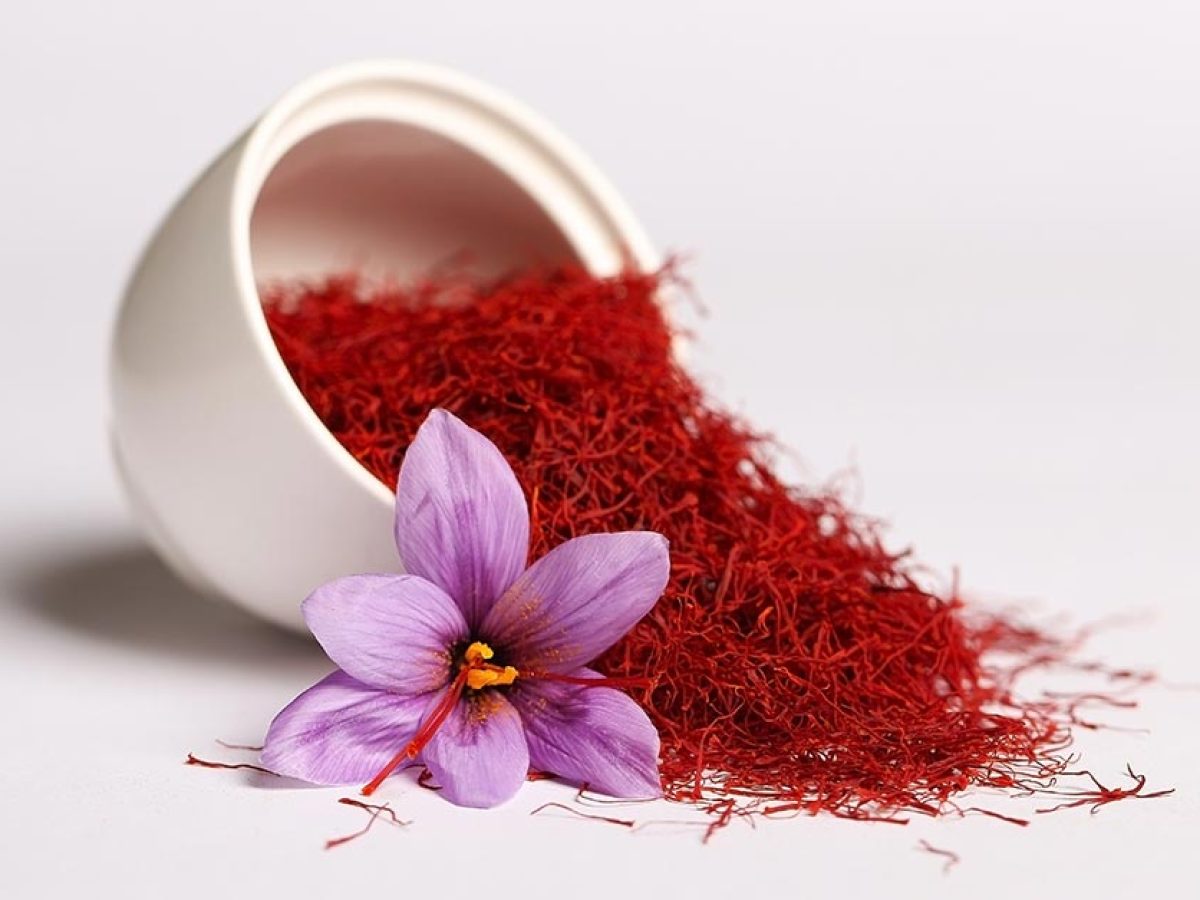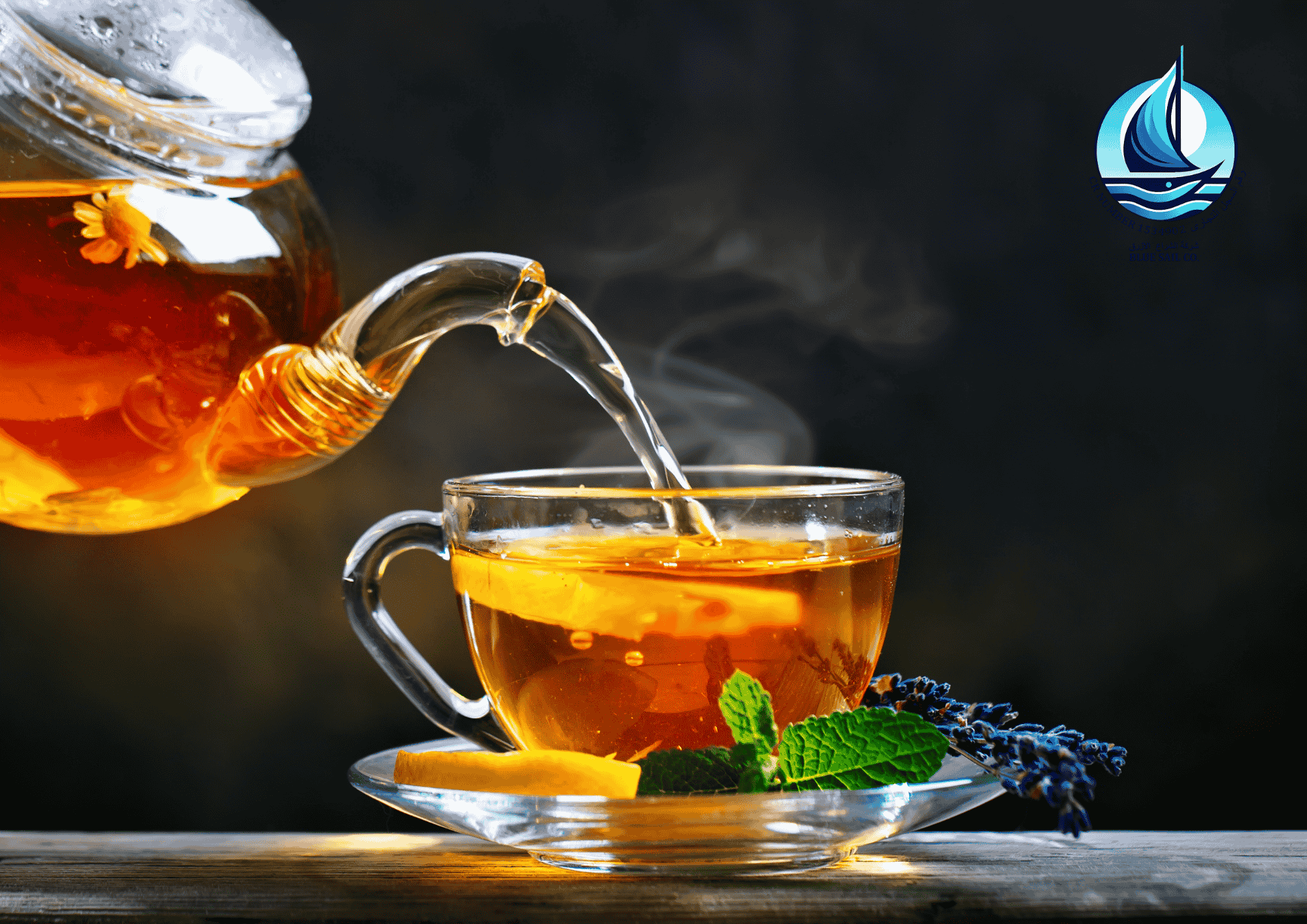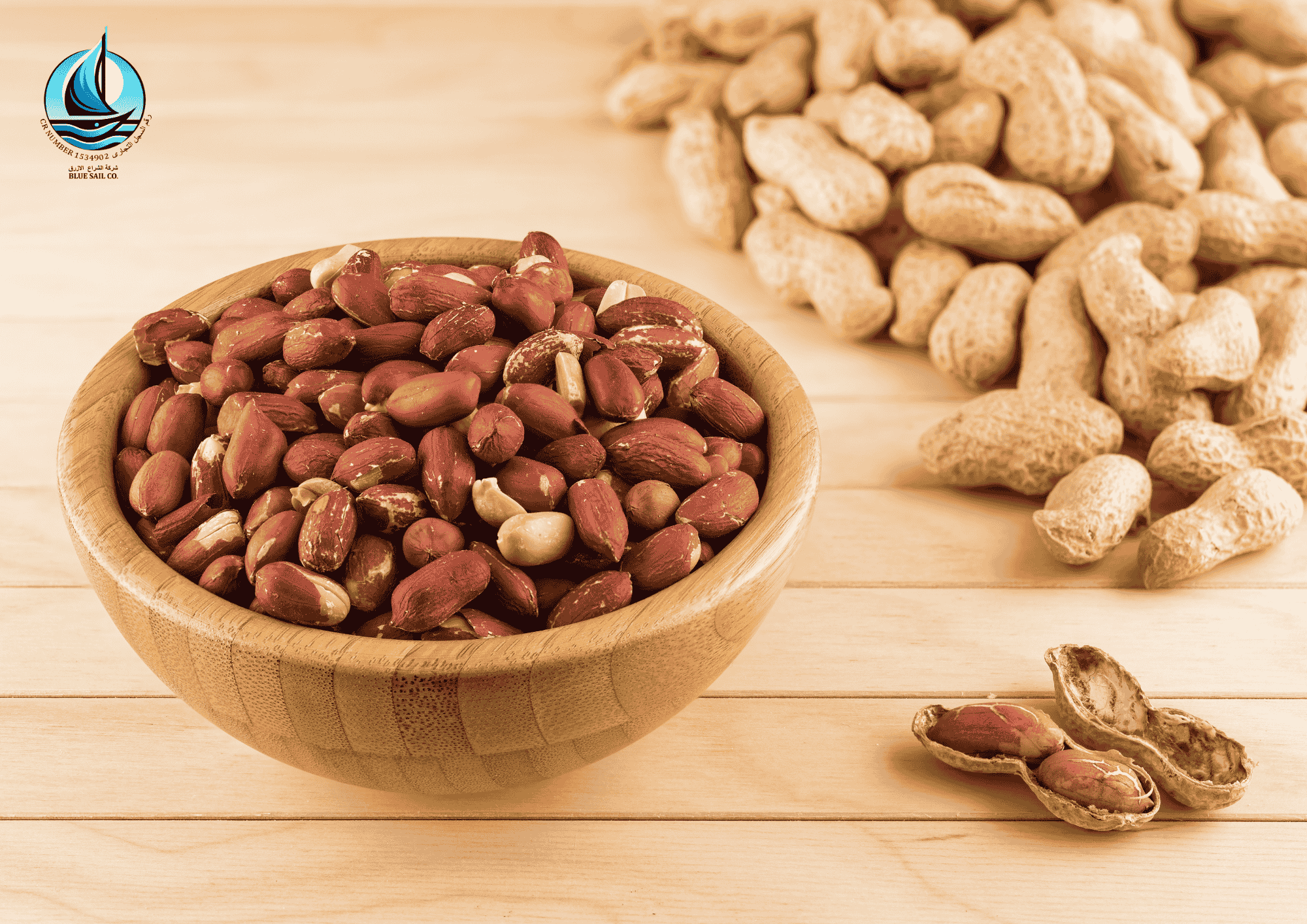Saffron, often referred to as “red gold,” is one of the most prized and expensive spices in the world. Derived from the stigmas of the Crocus sativus flower, saffron has been treasured for centuries for its rich color, distinctive aroma, and diverse applications in culinary, medicinal, and cosmetic fields. This article delves into the properties of saffron and its various uses.
1. Chemical Composition
The unique properties of saffron stem from its rich chemical composition, which includes:
- Crocin: Responsible for saffron’s vibrant red-orange color.
- Picrocrocin: Contributes to its distinct bitter taste.
- Safranal: Gives saffron its characteristic aroma.
- Vitamins and Minerals: Contains small amounts of vitamin C, manganese, iron, potassium, and magnesium.
2. Culinary Applications
Saffron is a staple in many cuisines worldwide. It is used as a seasoning and coloring agent in dishes such as:
- Paella: A Spanish rice dish infused with saffron.
- Risotto alla Milanese: A creamy Italian rice dish.
- Middle Eastern Delights: Saffron is added to stews, rice dishes, and desserts like baklava.
A small pinch of saffron is enough to impart its distinctive flavor and golden hue to dishes, making it a beloved ingredient among chefs.
3. Medicinal Properties
a. Antioxidant Effects
Saffron is rich in antioxidants like crocin, crocetin, and safranal, which combat oxidative stress and may help prevent chronic diseases.
b. Mood Enhancement
Studies suggest saffron can act as a natural antidepressant, helping to improve mood and alleviate symptoms of mild to moderate depression.
c. Vision Health
Research indicates that saffron may improve retinal function and slow the progression of age-related macular degeneration.
d. Anti-Inflammatory Properties
Saffron’s bioactive compounds may reduce inflammation, aiding in conditions like arthritis and cardiovascular diseases.
e. Aphrodisiac Qualities
Historically, saffron has been used as a natural aphrodisiac, with studies supporting its potential to improve sexual function.
4. Cosmetic Benefits
Saffron is a valued ingredient in skincare due to its potential to:
- Brighten the skin and even out complexion.
- Reduce blemishes and pigmentation.
- Act as a natural toner and antioxidant for healthier skin.
5. Potential Side Effects and Precautions
While saffron is generally safe when consumed in moderate amounts, excessive intake can lead to:
- Nausea
- Dizziness
- Allergic reactions
Pregnant women, individuals on medication, and those with specific health conditions should consult a healthcare provider before using saffron as a supplement.
6. Saffron in Culture and Tradition
Saffron holds a significant place in cultural and religious traditions worldwide. From ancient Persian rituals to Indian festivities, saffron symbolizes purity, prosperity, and vitality. Its use in dyes, perfumes, and ceremonial offerings highlights its multifaceted role in human history.
7. Conclusion
Saffron is more than just a spice; it is a treasure trove of culinary, medicinal, and cosmetic benefits. Its potent chemical composition and historical significance make it an invaluable addition to kitchens and wellness practices alike. Whether enhancing a dish with its unique flavor or promoting health through its antioxidant properties, saffron remains a timeless and revered ingredient.





